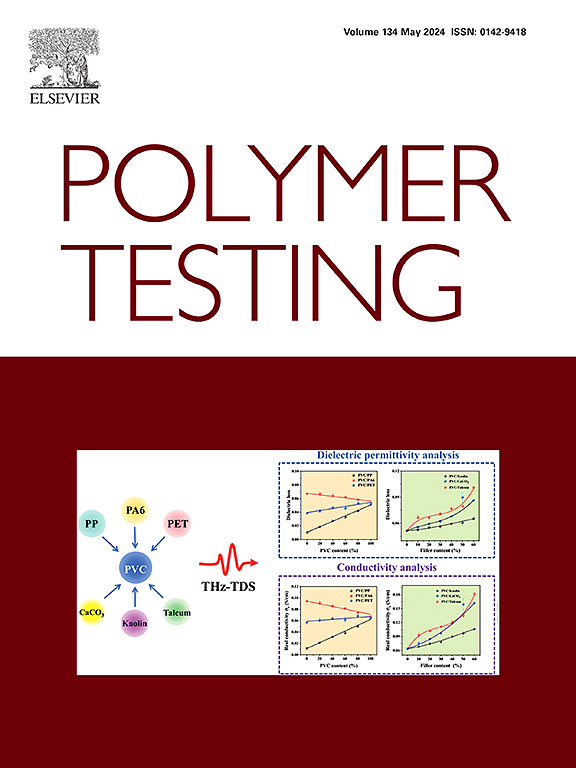Synthesis of Fe3O4@MIL-101-OH/Chitosan for adsorption and release of doxorubicin
IF 5
2区 材料科学
Q1 MATERIALS SCIENCE, CHARACTERIZATION & TESTING
引用次数: 0
Abstract
This study reports the synthesis and characterization of a magnetic composite metal-organic framework, The Fe3O4@MIL-101-OH/Chitosan nanocomposite was used for the first time to adsorb and release the drug doxorubicin (DOX). The nanocomposite was characterized using scanning electron microscopy (SEM), Fourier transform infrared spectroscopy (FTIR), Brunauer-Emmett-Teller (BET), X-ray diffraction (XRD), and vibrating sample magnetometry (VSM). The characterization results showed that the synthesized nanocomposite has a crystalline structure and good magnetic properties. Also, this nanocomposite has a high specific surface area (610.36 m2/g). In this article, the effect of pH, contact time, and drug concentration on DOX adsorption were investigated, and the results showed that at optimal conditions, pH = 8, contact time = 90 min, and drug concentration is 350 ppm, the adsorption capacity of MIL-101-OH/Chitosan and Fe3O4@MIL-101-OH/Chitosan are equal to 185 and 174.3 mg/g. The adsorption data follows pseudo-second-order kinetic and Langmuir isotherm models. The adsorption was physical and reversible. As a result, drug release was checked. The Fe3O4@MIL-101-OH/Chitosan exhibited a controlled release over the period of 84 h at pH 5 and reached 80 % of the DOX release rate after 60 h. In conclusion, the Fe3O4@MIL-101-OH/Chitosan composite has great potential as a drug delivery system as a result of its high adsorption capacity and magnetic properties. This research provides a promising approach for the development of novel drug delivery systems for cancer therapy.

求助全文
约1分钟内获得全文
求助全文
来源期刊

Polymer Testing
工程技术-材料科学:表征与测试
CiteScore
10.70
自引率
5.90%
发文量
328
审稿时长
44 days
期刊介绍:
Polymer Testing focuses on the testing, analysis and characterization of polymer materials, including both synthetic and natural or biobased polymers. Novel testing methods and the testing of novel polymeric materials in bulk, solution and dispersion is covered. In addition, we welcome the submission of the testing of polymeric materials for a wide range of applications and industrial products as well as nanoscale characterization.
The scope includes but is not limited to the following main topics:
Novel testing methods and Chemical analysis
• mechanical, thermal, electrical, chemical, imaging, spectroscopy, scattering and rheology
Physical properties and behaviour of novel polymer systems
• nanoscale properties, morphology, transport properties
Degradation and recycling of polymeric materials when combined with novel testing or characterization methods
• degradation, biodegradation, ageing and fire retardancy
Modelling and Simulation work will be only considered when it is linked to new or previously published experimental results.
 求助内容:
求助内容: 应助结果提醒方式:
应助结果提醒方式:


